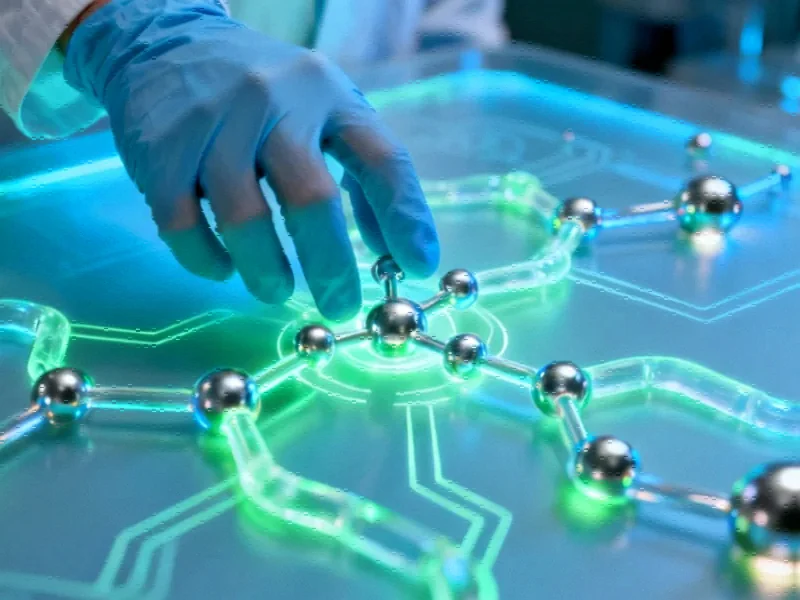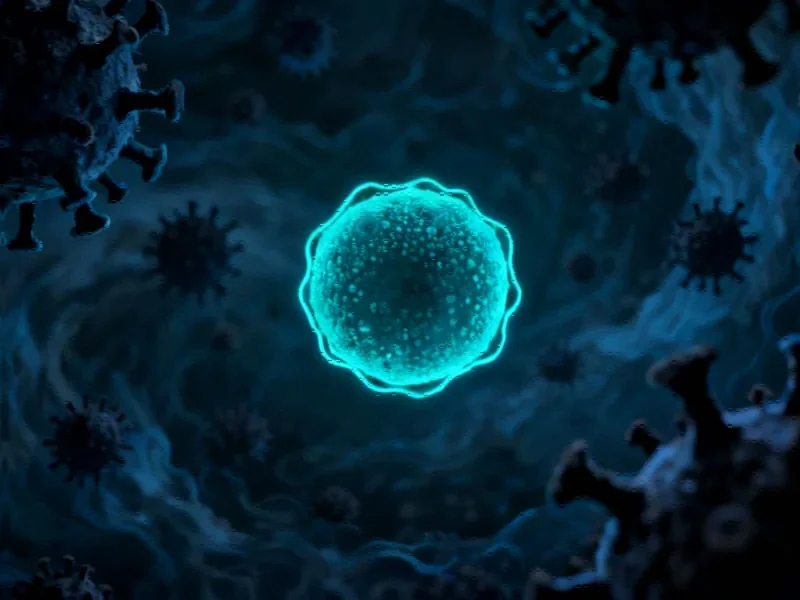Breakthrough in Polymer Synthesis Technology
The development of highly efficient and selective catalysts for direct arylation polymerization (DArP) represents a significant advancement in materials science. Unlike traditional methods that rely on pre-functionalized monomers, DArP enables more sustainable and cost-effective production of conjugated polymers essential for electronics, energy storage, and various industrial applications. This technology aligns with broader industry developments in sustainable manufacturing processes.
The Superior Performance of Pd/L1 Catalyst Systems
Recent research has demonstrated that the Pd/L1 catalyst system outperforms both Fagnou-type catalysts and traditional Stille cross-coupling methods. In comparative studies, polymers synthesized using Pd/L1 exhibited number-average molecular weights up to eleven times higher than those produced under Fagnou-type conditions. The system’s exceptional performance in low-polarity solvents like tetrahydrofuran (THF) and toluene makes it particularly valuable for industrial applications where solvent compatibility is crucial.
The unique effectiveness of the L1 ligand becomes apparent when compared to alternatives. While phosphines such as PCy, PtBuMe, and Buchwald-type ligands (XPhos and SPhos) produced molecular weights below 10,000, the L1 ligand consistently enabled high molecular weight polymers with minimal structural defects. This performance advantage reflects the sophisticated advanced catalyst systems now available to researchers and manufacturers.
Mechanistic Insights Driving Innovation
The superior reactivity of Pd/L1 complexes stems from their unique structural and electronic properties. Unlike PPh complexes that form persistent dimers, L1 complexes maintain dynamic equilibrium between mononuclear species in solution. This hemilabile coordination prevents aggregation and sustains catalytically active mononuclear palladium centers, enabling more efficient C-H activation through concerted metalation-deprotonation (CMD) pathways.
The balanced electronic properties of L1 generate palladium centers with moderate electrophilicity, ideal for CMD-type C-H activation. In contrast, strongly electron-donating ligands reduce palladium electrophilicity and hinder the catalytic process. These fundamental insights parallel related innovations in catalyst design across multiple industries.
Addressing Selectivity Challenges with Mixed-Ligand Systems
One significant challenge in DArP involves monomers with multiple reactive C-H sites, which can lead to branching and cross-linking. Researchers have developed an innovative solution by combining L1 with TMEDA (tetramethylethylenediamine) to create mixed-ligand catalysts that direct selective arylation while suppressing side reactions.
This approach has demonstrated remarkable improvements in polymer quality. For instance, in the synthesis of polymer P8, adding TMEDA increased yield from 26% to 88% while reducing homocoupling defects from 4.9% to 1.0% and increasing molecular weight from 14,900 to 24,500. Similar enhancements were observed for diketopyrrolopyrrole-based polymers P9 and P10, where TMEDA eliminated branching and significantly reduced structural defects.
Industrial Applications and Future Directions
The practical advantages of Pd/L1 systems extend across multiple application areas. The technology enables synthesis of high-performance polymers for organic electronics, including materials with enhanced charge transport properties. The compatibility with low-polarity, polymer-solubilizing solvents makes these systems particularly attractive for industrial-scale production.
These advancements in polymer synthesis technology reflect broader market trends toward more efficient and sustainable manufacturing processes. As research continues, we can expect further refinements in catalyst design and application methodologies. The successful implementation of these technologies demonstrates how fundamental chemical insights can drive practical innovations, much like recent technology collaborations have transformed other sectors.
Conclusion
The development of Pd/L1-based catalyst systems for direct arylation polymerization represents a paradigm shift in polymer synthesis. Through careful ligand design and mechanistic understanding, researchers have created catalysts that combine high efficiency, excellent selectivity, and practical solvent compatibility. The addition of co-catalysts like TMEDA further enhances selectivity for challenging monomers, opening new possibilities for materials design. As these technologies mature, they promise to enable more sustainable and cost-effective production of advanced polymeric materials for numerous applications.
This article aggregates information from publicly available sources. All trademarks and copyrights belong to their respective owners.
Note: Featured image is for illustrative purposes only and does not represent any specific product, service, or entity mentioned in this article.



